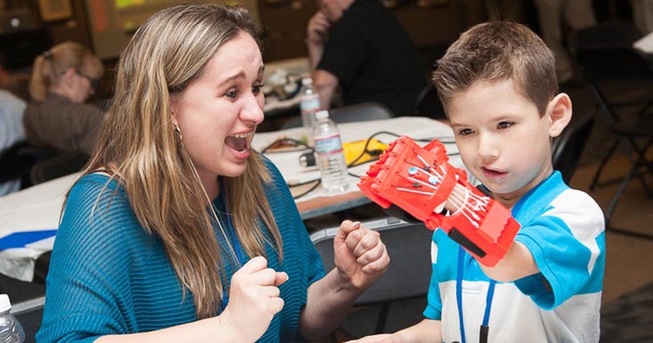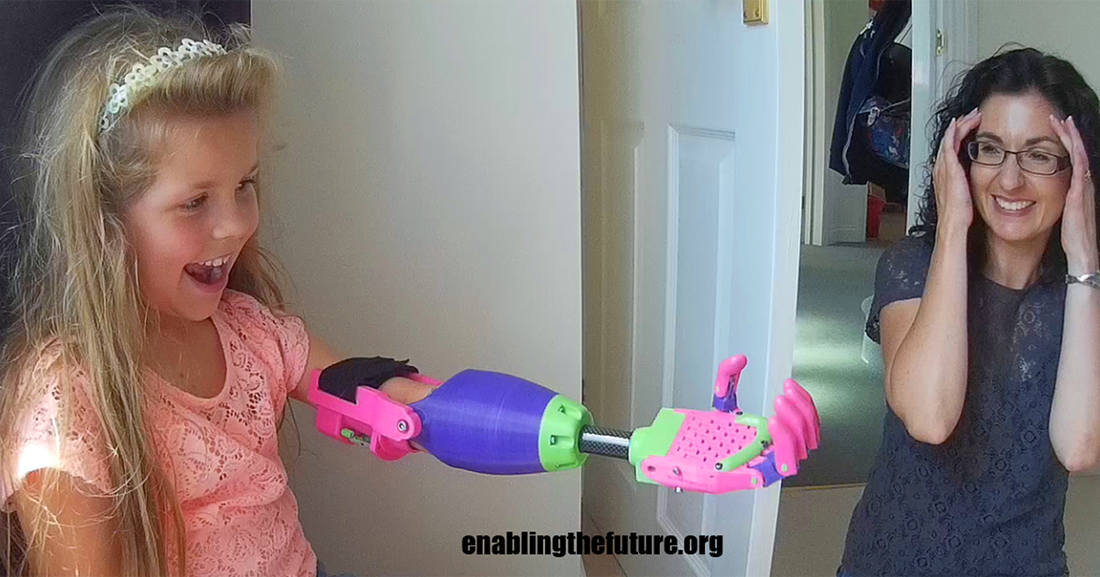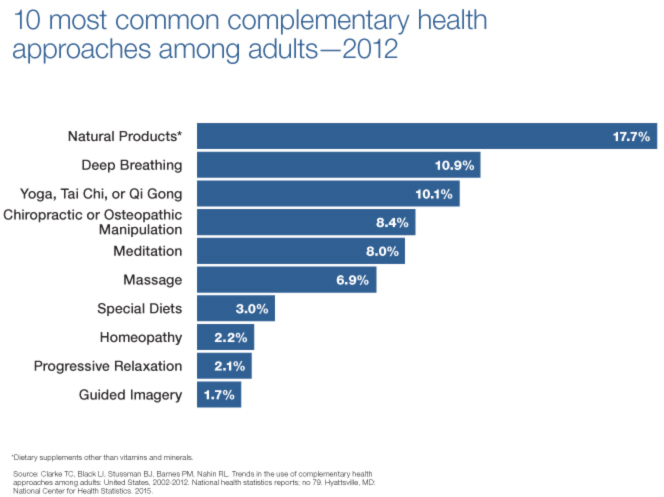3-D Printers Changing Lives
New 3-D printers are making prosthetic devices, making limb loss a “nuisance instead of a disability.”
- by Dr. Christina Richardson, photos courtesy of Enabling the Future.
Jon Schull, a research scientist at Rochester Institute of Technology MAGIC Center created an online community, e-NABLE, that pairs children and adults with missing or deformed fingers, hands, or forearms with makers who produce customized 3-D-printed prostheses that can improve their lives.
Enabling The Future is an organization connecting people who are in need and the 3-D printing hobbyists who volunteer to design, print, and fit the devices. A Google+ community was created for makers to collaborate, innovate and improve the open source designs. Just like printing a document, you press print and the 3-D printer builds the object designed on the screen by putting down tiny layers of plastic to make it. A prosthetic arm — a fancy one — costs about $40,000, too much to spend on a child who would outgrow it in a year. One in 2,000 children are born with some kind of an arm- or hand abnormality. They can’t pick things up, write, draw, or play ball with that hand. With a 3-D printer you can make a device with $20 worth of plastic. If it breaks, is outgrown, or the technology improves, just make a new arm or finger or make it another color. The devices hold up well and help kids be just like their friends, but with a cool robo-arm they may have helped design themselves.
Jon Schull spoke to Gwen Ifill on the PBS Newshour on November 23rd.
Schull said, “You know, disability is a funny word. Disability means you can’t do something. A person has a disability if he’s in a world where he can’t do something. The technology of eyeglasses turned nearsightedness and farsightedness in to a nuisance, when it used to be a disability. New technology is going to turn things like you’re missing a hand or you can’t move your body or you have brain damage into a nuisance, rather than a disability.” Amazing what we humans are capable of. If you have or get a 3-D printer, consider getting into the hand-making business — you will change a disability into a nuisance. Complementary and Alternative Medicine
Consumers spend over $33 billion a year on complementary and alternative medicines. What's the difference and how conventional medicine is looking at coordinating approaches for optimum health and healing
- by Christina Richardson, Ph.D.
There are two approaches to these practices:
Cancer patients who are getting integrative therapies such as massage, healing touch, and yoga have less pain, anxiety and fatigue.
If you are a regular reader, you know I would not pass up the complementary medical benefits of pet therapy. In hospice and nursing home settings, stress levels are lower, depression is lessened, and mental stimulation is improved just by holding or being close to an animal. So, listen to your doctor and if you get a go ahead, add yoga, tai-chi, massage, or some of the other complementary practices to your routine. Download this fact sheet from the National Institutes of Health for your further consideration. The Best Medicine
This month, a look at the very measurable health benefits obtained by indulging in one of life's sweetest pleasures - laughter!
- by Christina Richardson
|
Categories
All
Archives
July 2024
|
Shoofly Magazine Partners
Our Shoofly Partners are local businesses and organizations who share our mission to enrich community life in Bay St. Louis, Waveland, Diamondhead and Pass Christian. These are limited in number to maximize visibility. Email us now to become a Shoofly Partner!


































 RSS Feed
RSS Feed























